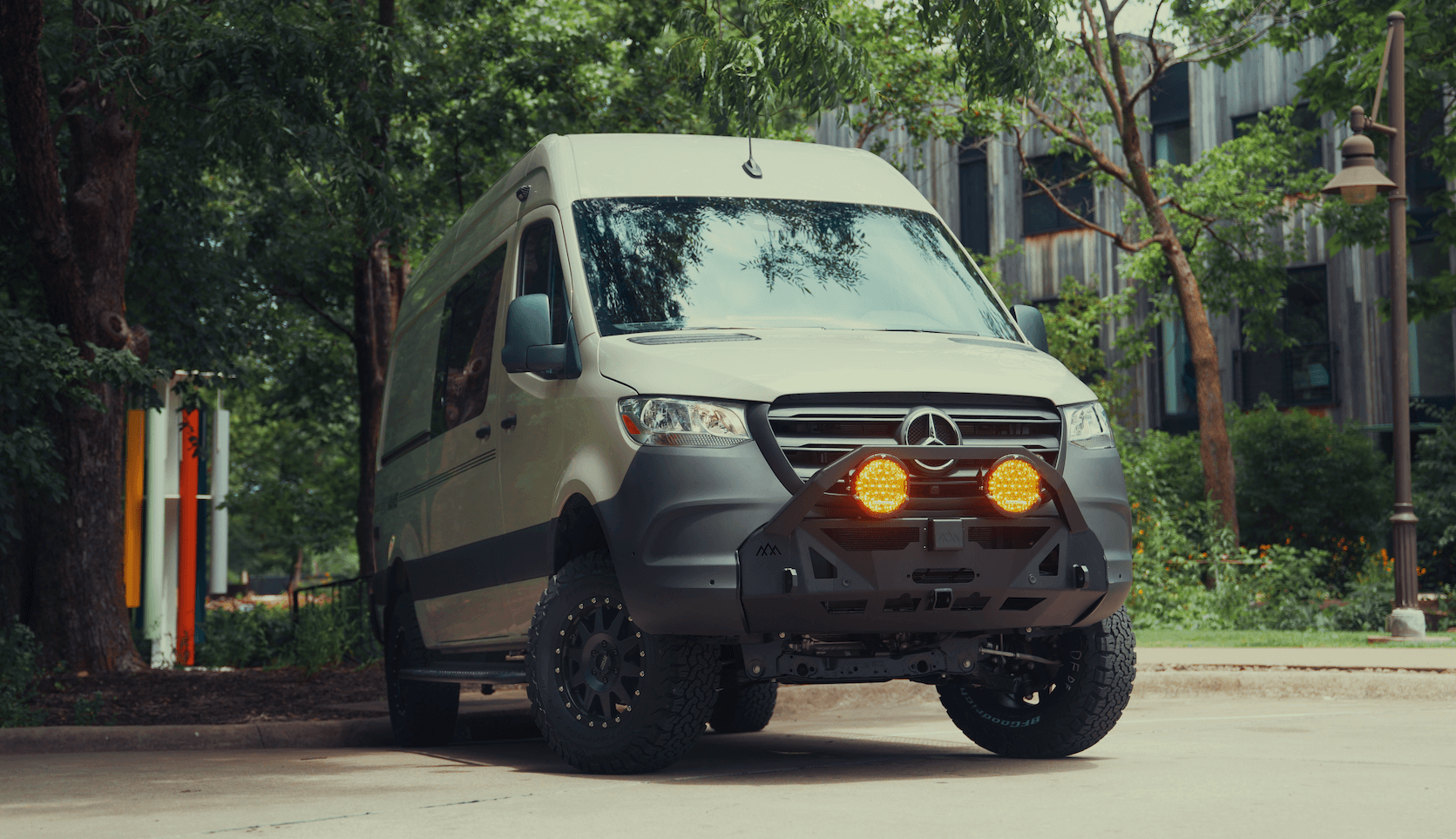Recreational Vans

Remote learning in a van is less about recreating a classroom and more about building steady habits in a tiny, moving space. Start with expectations. School time needs predictable blocks even when the zip code changes. That means a daily anchor like math and reading in the morning, creative or project work in the afternoon, and field studies tied to your route. Think of the van as a base camp for curiosity rather than a cramped room.
Connectivity is the lifeline for video lessons and portals. A dual carrier setup improves uptime because coverage shifts across regions. Use a primary 5G hotspot with a backup SIM and a high quality roof antenna with a booster. When bandwidth dips, lean on cached textbooks, downloaded videos, and note taking apps that sync later. Treat live classes as priority sessions in your route plan, just like a meeting you cannot miss.
Power planning keeps devices alive without anxiety. Laptops, tablets, a router, and a booster can draw more than you expect. Size a lithium battery bank for at least two full workdays and pair it with roof solar plus alternator charging. Add a pure sine inverter for clean power and put all chargers in one accessible station to cut cable chaos. A quiet fan and good insulation reduce fatigue, which protects focus.
Workspace matters as much as tech. Seats at different heights help growing learners. A sturdy lap desk and a foldaway table handle lessons when weather pushes you inside. Task lighting that does not glare on screens is kinder on eyes. Noise control is simple: soft headsets and a white noise app. If you travel with multiple learners, color code bins and folders so each student can reset quickly between subjects.
Safety and privacy need intention. Use privacy film on windows near the study area and a camera cover on laptops. Teach learners to avoid oversharing location details on class calls. Keep devices in a lockable drawer when you head out for a hike. Back up work to cloud and a small solid state drive in case the road gets bumpy in ways you did not plan.
Pick three daily anchors like reading, math practice, and writing. Tie them to fixed times or triggers such as after breakfast, before lunch, and mid afternoon. Use a visible checklist for momentum. When you need to drive during class windows, run audio books, language drills, or memory games that do not require screens.
Download core modules each week over strong Wi Fi at libraries or camps. Keep a rotating set of print materials so progress does not stall when signal fades. Science kits, sketch pads, and field guides turn trail time into hands on learning. Keep assessments simple with unit checklists and short reflections.
Learning on wheels still needs peers. Set recurring online study groups, join road school meetups when routes intersect, and partner with museums for virtual labs. For testing or evaluations, plan ahead for locations with reliable bandwidth or book a co working day pass. Document progress with a shared portfolio that teachers or evaluators can review on demand.
A reliable connection usually blends hardware and smart habits. For hardware, a multi band antenna, a decent hotspot, and an inline booster give you better odds in fringe zones. For habits, keep a weekly bandwidth budget and schedule heavy downloads during off peak hours. If two learners need live sessions at once, assign one to audio only and the other to video, then alternate.
Power is a math problem you can solve. Add up the draw of laptops, tablets, a router, booster, lights, and a fan. Multiply by the hours of use to find daily consumption. Give yourself headroom for cloudy days. Use DC charging for routers and some devices to avoid inverter losses. A battery monitor with a simple display helps learners see usage and builds accountability.
Workspace is about posture and storage. Screen height at eye level reduces neck strain, and a footrest can help shorter learners sit comfortably. A small monitor can transform older laptop work, especially for design or coding. Mount pencil cups, clipboards, and a paper sorter on the wall to free table space. Pack school bins in order of the day so the next block is always within reach.
If your family plans to run remote learning in a van for months, a purpose built interior removes friction. Dedicated device storage with airflow, a charging hub, and insulated walls make a noticeable difference on long days of study. Thoughtful layouts also balance study time and living space so no one feels like school has taken over the whole rig.
When you are ready to translate your learning plan into a real vehicle, explore recreational adventure vans for liveable, education ready layouts. If you want a ground up approach, consider custom van builds tailored around power, storage, and calm study spaces. For families wanting finance friendly platforms, review financeable van platforms designed to get you rolling sooner.
A well considered build can include:
With a dialed layout, schoolwork feels natural, not forced. Study blocks start on time, devices stay charged, and the van remains a comfortable home between lessons and trails.
Ready to turn your van into a dependable mobile classroom with pro power, storage, and connectivity? Tell us how you learn, and we will build around it. Start your custom plan now.
At OZK Customs we design and build complete custom vans and overland upfits that support real life on the move, including school and work. We plan power systems, storage, and interiors around how your family learns, travels, and rests so the road supports your goals rather than competing with them.
Ready to turn your van into a dependable mobile classroom with pro power, storage, and connectivity? Tell us how you learn, and we will build around it. Start your custom plan now.
ADDRESS:
6159 E Huntsville Rd, Fayetteville, AR 72701
PHONE:
(479) 326-9200
EMAIL:
info@ozkvans.com